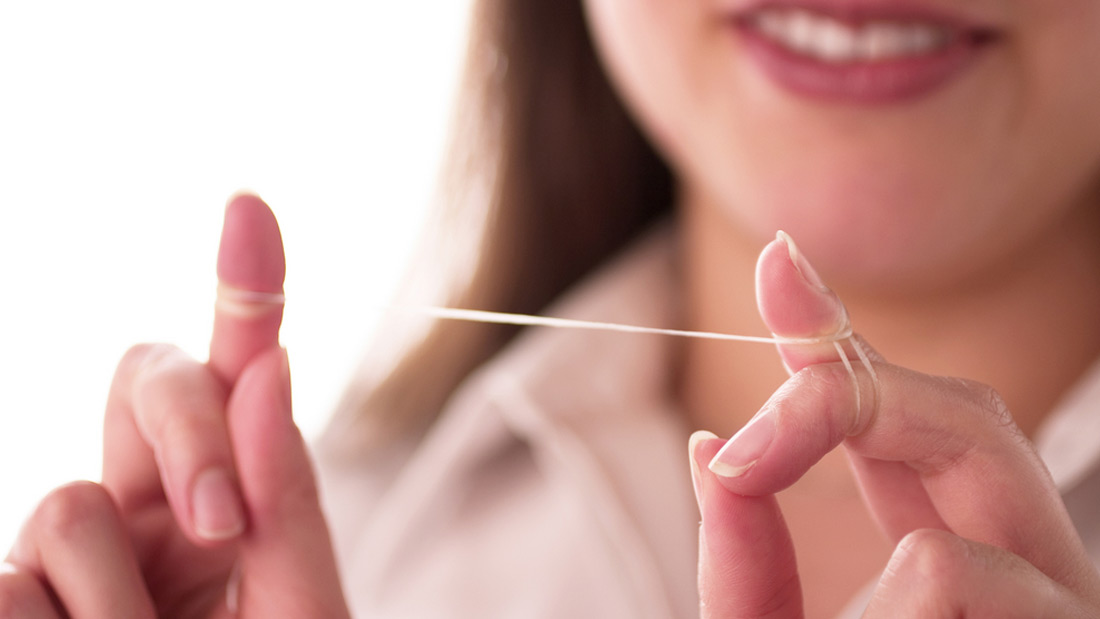Hygiene treatment involves the removal of scale, plaque and stains. Where necessary this will include motivation and oral hygiene instruction, and dietary advice. Also suitable for children and patients undergoing orthodontic treatment.
Brushing
- Always start on one side of your face, and end on the other e.g. right to left.
- When brushing, make small circles with the toothbrush, and count ten rotations before moving the toothbrush one toothbrush space along.
- Begin by brushing the cheek surface of the lower teeth, starting on the right, finishing on the left.
- Next, brush the biting surface of the lower teeth, starting on the right, finishing on the left.
- Finish the lower jaw by brushing the lingual (tongue) surface of the lower teeth, starting on the right, finishing on the left.
- Now brush the cheek surface of the upper teeth, starting on the right, finishing on the left.
- Then brush the biting surface of the upper teeth, starting on the right, finishing on the left.
- And finally finish off the upper jaw by brushing the palatal (tongue) surface of the upper teeth, starting on the right, finishing on the left.
- Remember that your tongue also needs cleaning to help prevent halitosis (bad breath). You can either use your toothbrush or a tongue scraper.
- Now, try these top tips to hone your technique:
- – When brushing the sides of your teeth, always angle the toothbrush at a 45° angle pointing towards the gums. This will help to clean beneath the gum line.
- – When brushing the backs of your lower front teeth, lift your elbow to eye height and brush up and down using vertical strokes instead of small circles.
When brushing the backs of your upper front teeth, drop your elbow to touch the side of your chest and brush up and down using vertical strokes instead of small circles
Dietary Advice
- Foods that are high in sugar and very sticky e.g. toffees or boiled sweets.
- Drinks that are carbonated are usually more acidic than non carbonated drinks, including ‘fizzy water’, diet colas and beer.
- void excessive intake of fruit juices which can be very acidic. These can be diluted with water.
- Remember foods like potato crisps can be just as bad as sweets, in that they tend to stick in the grooves of the teeth where they stay for an extended period of time.
- Beware of hidden sugars. Many breakfast cereals, bread and the syrup form of medications are loaded with hidden sugar.
- Do not be fooled by words like ‘no added sugar’ and ‘tooth friendly formula’. All that this means is that the products still contain natural sugars that can aid decay, they are not sugar-free!
- Try not to snack all day, as this causes the pH in the mouth to remain at an acidic level. Stick to set meal times, and have treats like chocolate or sweets after a meal. Try to rinse your mouth with water after meals, or if possible brush your teeth.
Flossing
- Take a suitable piece of floss, and wrap it around a set of ‘floss-fingers’. This is by far the easiest method. You could also use a pre-strung ‘flossette’ or following the instructions below.
- Manipulate the floss between your teeth, use a sewing machine action, move the floss up and down at least 5 times, do not use a sawing motion.
- Pushing the floss slightly backwards, in a ‘C’ shape, to clean the front surface of the ‘back tooth’, now do the opposite to clean the ‘front tooth’, push the floss slightly forwards, in a ‘C’ shape to clean the back surface.
- Once again starting from left, working your way to the right, doing the lower teeth, then the uppers.
- Floss daily, even if you have wide spaces between your teeth. Flossing not only removes any debris stuck between teeth, but it also helps to clean beneath the gum-line where a brush may not reach.
Interdental Brushing
- The TePe interdental brush is used to clean in between teeth. Used daily, it removes plaque and food debris where your usual brush cannot reach.
- Turning the brush on insertion will help access.
- For spaces at the back of the mouth, bend the brush in a slight curve but never at right angles. This will help you access the more difficult-to-reach areas
- A choice of 8 colour-coded sizes is available to help clean different sized spaces.


